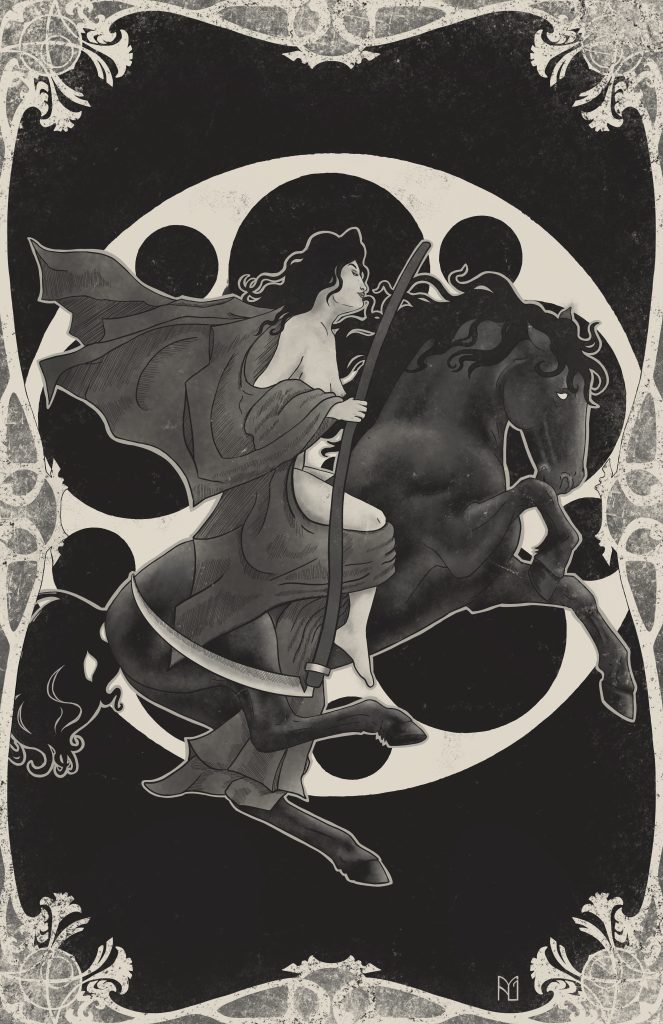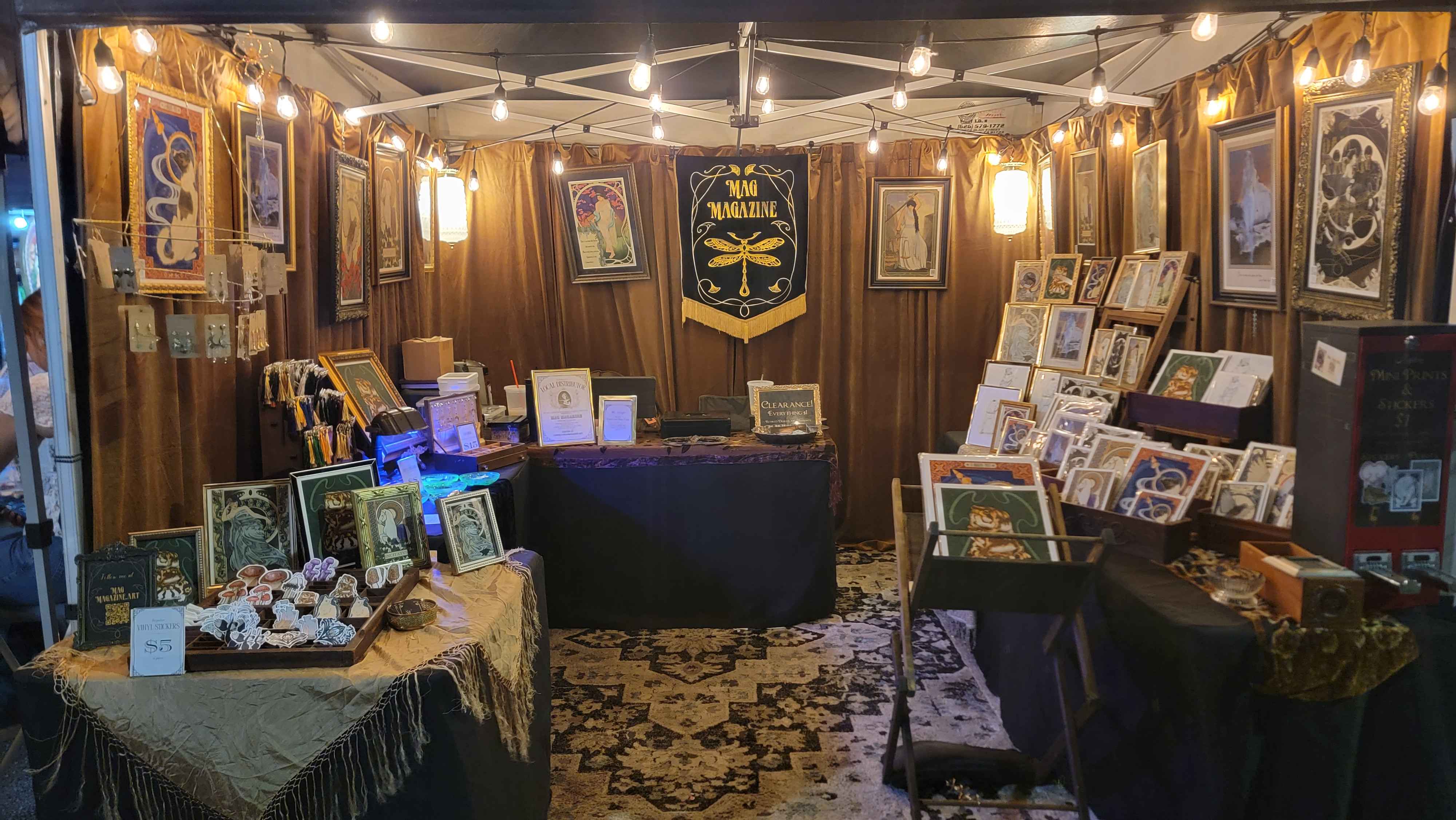
In 1878 there was a debate on whether a horse galloped with all four hooves off the ground. The photographer Eadweard Muybridge produced The Horse In Motion, a series of photos taken in sequence of a horse galloping, proving that centuries of art depicting horses with outstretched legs, none touching the ground, were inaccurate. A horse does have a moment when no hooves are on the ground, but it’s when the hooves are underneath them, not outstretched.
As a brand new technology and art form, early film was incredibly experimental and the competition to create the biggest, most box office worthy movie was fierce.
Movies became more brazen, more deviant, more “immoral,” unafraid to show sex, lesbianism, and sexual freedom and independence especially in women. There was also plenty of scandal off screen, and with the deteriorating image of Hollywood becoming more wide spread, the Motion Picture Producers and Distributors of America (MPPDA), headed by William Hays was founded. A code of conduct was put in place, attempting to curb the immorality of cinema. Married couples weren’t be seen in the same bed, Betty Boop had to dress more modestly, nudity was banned, and women were put back on their pedestal of purity. This code was difficult to enforce however, and it wasn’t until 1934 when members of the Catholic church were able to lobby and gain the ear of the US government that actual fines were put in place for breaking the code.
Despite all these new rules on morality, it wasn’t until six years later in 1940 that the American Humane Association was able to include anti-animal cruelty to the Hays Code. The AHA was then able to have access to movie sets and monitor the treatment of the animal actors.
In 1968 the Hays Code was repealed, as it was recognized as too strict and overbearing. That also meant that there was no requirement for the treatment of animals to be monitored, and animal cruelty returned to cinema. It wasn’t until the late 1980s that the AHA was able to make a contract with the Screen Actors Guild and the Association of Motion Picture and Television Producers to reintroduce regulations, and the “No animals were harmed in the making of this film” disclaimer added to movies that complied.
Today American movies follow these guidelines, but there is no actual law or widespread rule that must be followed, especially internationally.
The most notable instances of cruelty to animals in cinema was before 1940 and mostly to horses. The most famous being the chariot race scene in the 1926 Ben Hur where up to 150 horses were killed. Westerns were a major culprit as well, with horses wearing blinders were made to run off cliffs into whitewater rapids, tripped with trip wire or pitfalls, and made to do incredible dangerous jumps and stunts.
In this piece I wanted to honor that bit of forgotten history. When people think of pre-Code, they think of the censorship. That was the largest part and the censorship was extreme and unnecessary, but as with all things the world isn’t black and white. Some good came out of a dictatorial act, and probably thousands of animals have been spared because of it. I chose death to be a woman, gently guiding a terrified horse to the after life (in a similar though more dramatic pose to the horse in A Horse in Motion). The border is inspired by the title card of the famous French silent film A Trip to the Moon, and an antique movie reel frames the horse and rider.
For more information, see these sources:
Eadward Muybridge
What is Pre-Code Hollywood?
Hollywoods’ Long History of Animal Cruelty
American Humane Society



Leave a Reply